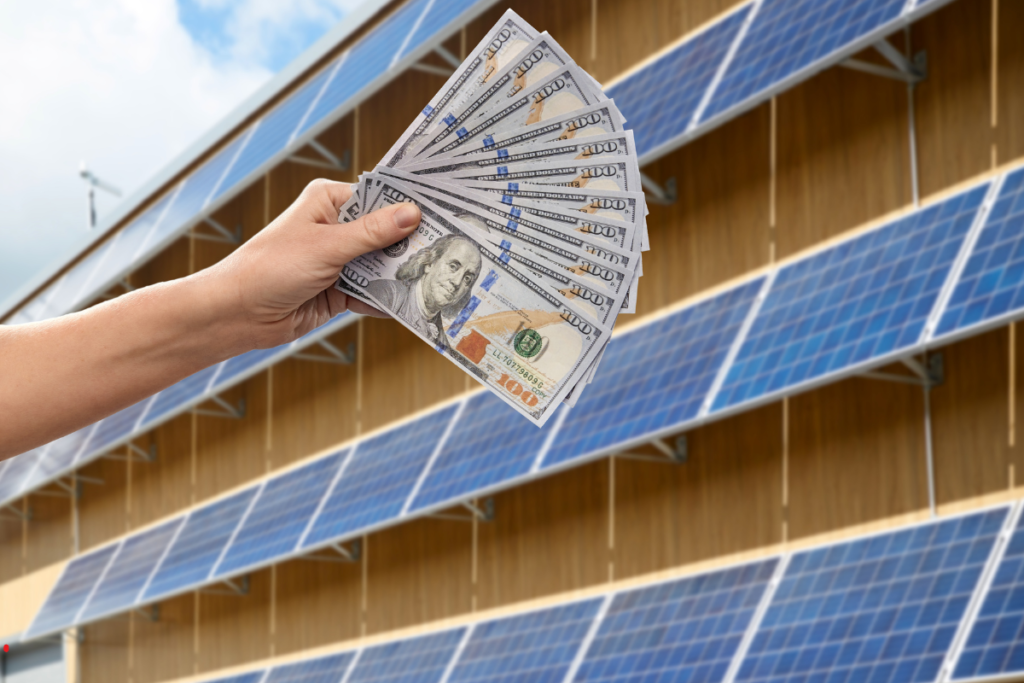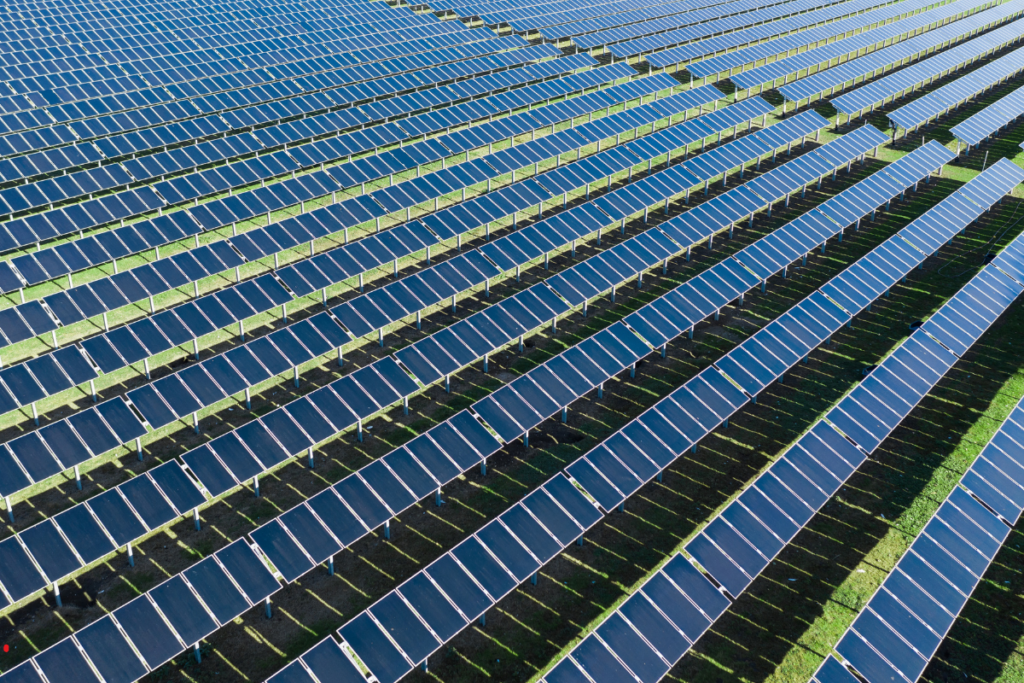Photovoltaic energy How it works
Photovoltaic energy, often referred to simply as solar energy, is one of the most promising renewable energy sources available today. It involves converting sunlight directly into electricity using a technology known as the photovoltaic effect. This article aims to explain the basics of photovoltaic energy, the components involved, and its benefits.
What is Photovoltaic Energy?
Photovoltaic energy comes from sunlight and is captured using photovoltaic panels. These panels are made up of many small units called photovoltaic cells. When sunlight hits these cells, it excites the electrons, creating an electric current. This process is called the photovoltaic effect.
How Photovoltaic Panels Work?
Photovoltaic panels, or solar panels, are crucial for capturing solar energy. You’ll usually see them on rooftops, in open fields, or at large solar farms. Each panel contains many photovoltaic cells, typically made from silicon, a material that effectively turns sunlight into electricity.
When sunlight strikes a photovoltaic cell, it knocks electrons loose from their atoms. These free electrons flow through the cell, creating an electric current. Metal contacts on the top and bottom of the cell capture this current and direct it into an external circuit, producing usable electricity.
Types of Photovoltaic Installations
Residential Photovoltaic Systems
Residential photovoltaic systems are commonly installed on the rooftops of homes. These systems can vary in size but typically generate enough electricity to meet the needs of a single household. Homeowners often install photovoltaic panels to reduce their electricity bills and decrease their reliance on fossil fuels.
Commercial Photovoltaic Systems
Commercial photovoltaic systems are larger setups installed on the rooftops of businesses, schools, and government buildings. These systems generate substantial amounts of electricity, helping reduce the energy costs for these facilities. Sometimes, any excess electricity produced can be sold back to the grid.
Photovoltaic Farms
A photovoltaic farm, also known as a solar farm or solar park, is a large-scale installation of photovoltaic panels. These farms can cover many acres and generate substantial amounts of electricity, often enough to power thousands of homes. Photovoltaic farms are usually located in areas with high solar potential, such as deserts or open plains.
The Photovoltaic Effect
The photovoltaic effect is the fundamental process behind the operation of photovoltaic panels. Discovered by French physicist Alexandre-Edmond Becquerel in 1839, this effect describes how light can generate an electric current in a material. When photons from sunlight strike a photovoltaic cell, they transfer their energy to electrons in the cell’s semiconductor material. These energized electrons then move through the material, creating an electric current.
Benefits of Photovoltaic Energy
Renewable and Sustainable
Photovoltaic energy is a renewable source, which means it can be naturally replenished and won’t run out. Unlike fossil fuels, which are limited and pollute the environment, photovoltaic energy depends on the sun, a plentiful and sustainable resource.
Reduces Greenhouse Gas Emissions
One of the most significant benefits of photovoltaic energy is its ability to reduce greenhouse gas emissions. Solar power plants do not produce carbon dioxide or other harmful pollutants during operation, making them an environmentally friendly alternative to traditional power plants that burn fossil fuels.
Low Operating Costs
Once installed, photovoltaic systems have low operating costs. Solar panels require minimal maintenance, and there are no fuel costs associated with solar energy. This makes photovoltaic energy an economically viable option for both residential and commercial applications.
Energy Independence
By generating electricity locally, photovoltaic systems can reduce dependence on centralized power grids and foreign energy sources. This energy independence can enhance the security and resilience of energy supplies.
Job Creation
The growth of the photovoltaic industry has created numerous job opportunities. From manufacturing and installation to maintenance and research, the solar energy sector supports a wide range of employment opportunities.
Challenges of Photovoltaic Energy
Initial Installation Costs
One of the primary challenges of photovoltaic energy is the initial installation cost. While the cost of photovoltaic panels has decreased significantly over the past decade, the upfront investment can still be substantial. However, government incentives and financing options can help offset these costs.

Intermittent Energy Source
Photovoltaic energy is an intermittent energy source, meaning it is not always available. Solar panels only generate electricity during daylight hours and their efficiency can be affected by weather conditions. Energy storage solutions, such as batteries, are essential to store excess energy for use during periods of low sunlight.
Land Use and Space Requirements
Large-scale photovoltaic farms require significant land areas, which can be a concern in densely populated regions. However, creative solutions, such as installing solar panels on rooftops or repurposing unused land, can mitigate this issue.
The Future of Photovoltaic Energy
The future of photovoltaic energy is bright, with continued advancements in technology and increasing adoption worldwide. Research and development efforts are focused on improving the efficiency and affordability of photovoltaic panels. Emerging technologies, such as perovskite solar cells and bifacial panels, hold the potential to revolutionize the industry.
Governments and organizations are also recognizing the importance of transitioning to renewable energy sources. Policies and incentives that support the deployment of photovoltaic systems are being implemented globally. As awareness of the environmental and economic benefits of photovoltaic energy grows, more individuals and businesses are likely to invest in solar power solutions.
Photovoltaic energy is a clean, renewable, and sustainable energy source that has the potential to significantly reduce our reliance on fossil fuels and combat climate change. Photovoltaic panels, whether installed on rooftops, commercial buildings, or large-scale solar farms, are key to harnessing the power of the sun.
Despite challenges such as initial installation costs and intermittency, the benefits of photovoltaic energy far outweigh these obstacles. As technology continues to advance and support for renewable energy grows, photovoltaic energy will play a crucial role in shaping a sustainable future.
Investing in photovoltaic energy is not only an environmentally responsible choice but also a smart financial decision. By embracing solar power, we can create a cleaner, greener, and more sustainable world for future generations.
READ MORE: 3 Largest Solar Parks in Europe.



